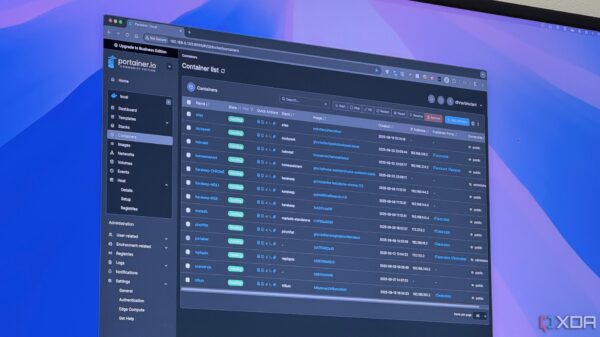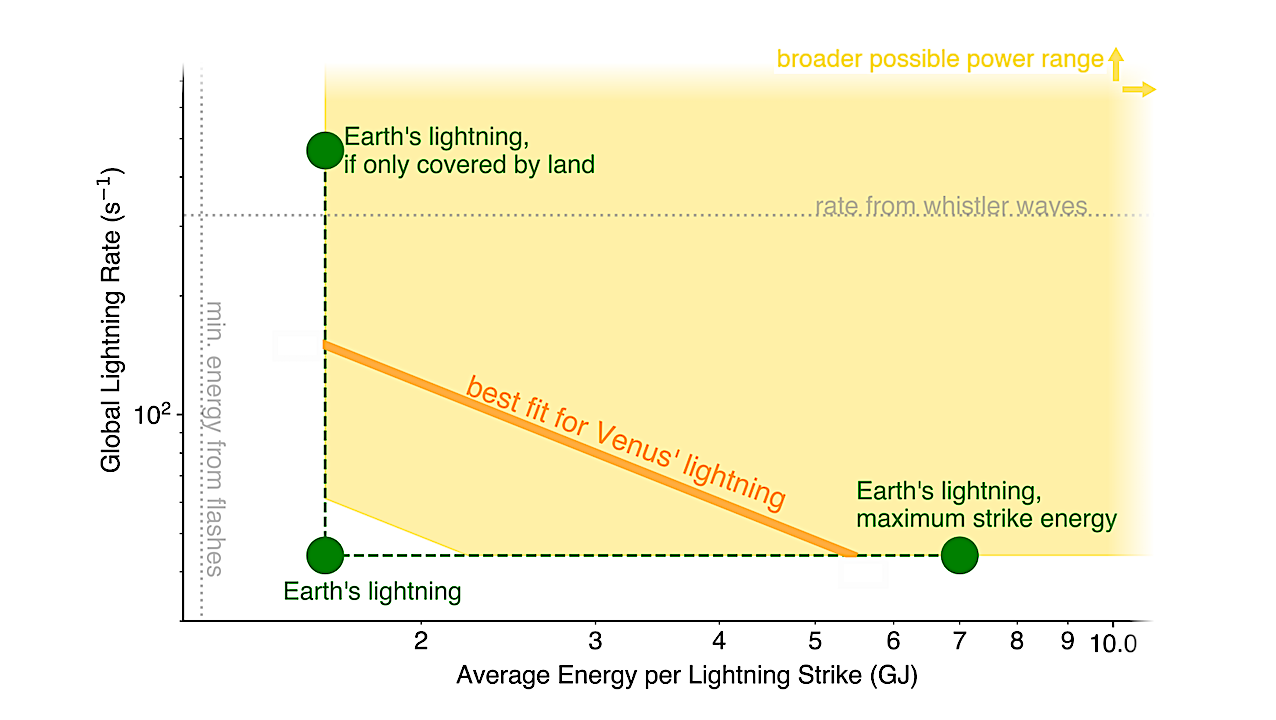Research has unveiled that lightning on Venus, if it exists, may require a striking amount of power, significantly exceeding what is observed on Earth. A recent study published in the Planetary Science Journal details how scientists have utilized the chemical by-products of lightning to estimate its prevalence in Venus’s atmosphere.
Study Findings on Nitric Oxide and Lightning Power
For decades, the quest to confirm lightning on Venus has involved various space missions and ground-based observations. Despite these efforts, findings have remained inconclusive. The new study, led by researchers Tereza Constantinou, Oliver Shorttle, and Paul B. Rimmer, adopts an indirect method to assess lightning activity by examining nitric oxide (NO), a chemical exclusively produced by lightning in Venus’s lower atmosphere.
The researchers applied photochemical-kinetic modeling to calculate the current rate of atmospheric destruction of NO. Their analysis indicates that lightning would need to generate at least three times the power released during lightning strikes on Earth to sustain the estimated NO levels found in Venus’s atmosphere. This requirement suggests a higher frequency of strikes or increased energy per strike, or a combination of both factors.
Interestingly, limited detections of optical flashes within the planet’s clouds raise questions about the depth at which these lightning strikes occur. It is possible that lightning is striking deeper in the atmosphere, closer to the surface, with its optical signals obscured by the dense cloud cover. The study proposes that triboelectric charging, possibly caused by volcanic eruptions or interactions between wind and surface sediments, could be driving this phenomenon.
Implications for Future Missions
The findings of this study emphasize the crucial need for future missions to Venus to verify the existence of lightning. Researchers propose confirming the abundance of NO below the clouds or detecting other unambiguous signatures of lightning. Such evidence would mark the first definitive confirmation of lightning on a rocky planet beyond Earth, expanding our understanding of atmospheric processes in extraterrestrial environments.
This research not only highlights the complexities of Venus’s atmosphere but also presents exciting possibilities for future exploration. As scientists continue to investigate the potential for lightning on Venus, the implications for planetary science and our understanding of atmospheric phenomena remain profound.
The study was accepted for publication on October 1, 2025, and can be referenced using the citation: arXiv:2510.00973 [astro-ph.EP].







































































